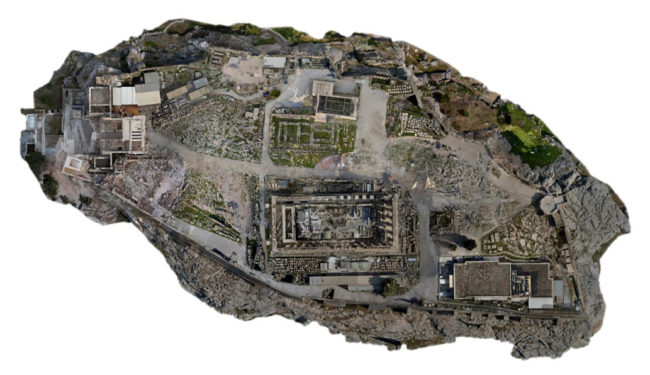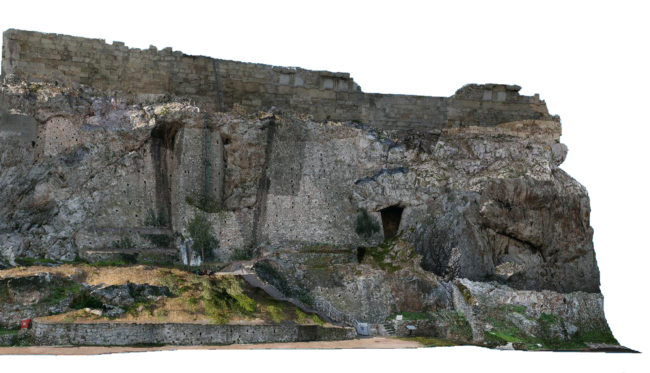Keynote Lecture

Keynote Lecture — Thursday, 28 March, 2019, 6:00 pm — at the Nashville Parthenon
On the Sacred Rock: The Athenian Acropolis from the Drawing Board to the Digital
Dorina Moullou, Hellenic Ministry of Culture and Sports
The Acropolis of Athens is the most striking and complete ancient monumental complex in existence, an architectural treasure that belongs not only to Greek patrimony but to worldwide cultural heritage. The “rock” of the Acropolis rises from the Athenian basin, a hill of medium height with sheer sides on all but the west, and a large, nearly flat top. Its strong fortification walls (760 m in length) encircle a large number of monuments including the Parthenon, the Erechtheion, the Propylaia and the temple of Athena Nike. These buildings have survived for almost 25 centuries through functional alterations, wars, bombardments, explosions, fires, thefts and other interventions, and finally, extensive restoration work of the 19th and early 20th centuries. All these events and interventions have caused extensive damage to the monuments. That damage had to be confronted, and thus a new restoration project began in 1975 and continues to the present.
In this lecture, I will discuss the efforts of topographic and photogrammetric recording of the Acropolis from 1975 until today. In particular, I will focus on the 3D recording of the Acropolis and its monuments in the project, Development of Geographical Information Systems on the Acropolis of Athens. This 900,000-euro project was divided into three basic tasks: the geodetic, involving field measurements for the generation of a polygonometric network and terrestrial laser scanning of the rock itself, the walls, and the Erechtheion; the photogrammetric, involving image acquisition, orientation, DSM generation and orthorectification; and, finally, the development of a GIS database as well as the stable online publication of results (https://acropolis-gis.ysma.gr/).
I will discuss the motivation for the project and its aims, describe the techniques used—both geodetic and photogrammetric—for data acquisition and processing, and present results and deliverables. Along the way, I will reflect on challenges as well as successes. Today the tremendous value of this project is apparent in the published and posted results, and by the fact that the data have already been used in other research and restoration work, connected mainly with the fortification walls and the underlying rock of the Acropolis.

Sponsored by the Parthenon2 Symposium, with the Archaeological Institute of America and the Conservancy for the Parthenon & Centennial Park